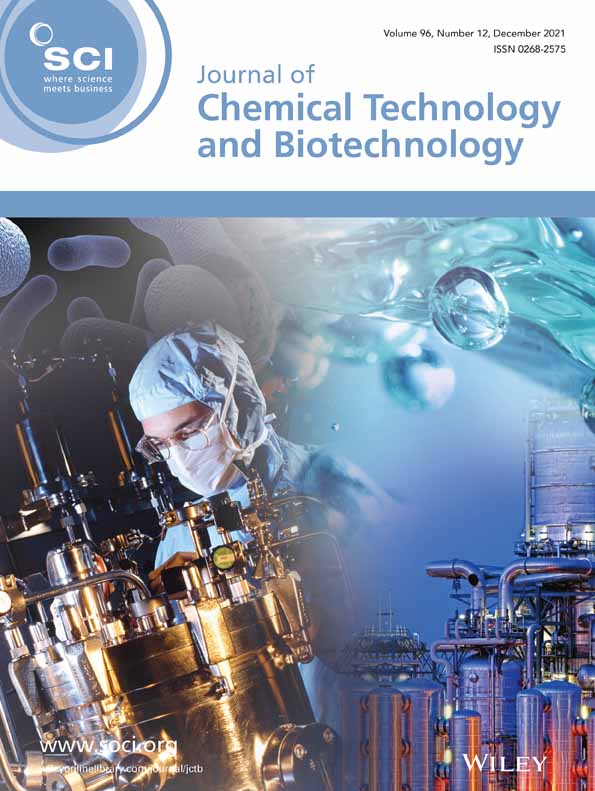|
Authors
Puente-Massaguer, Eduard; Grau-Garcia, Paula; Strobl, Florian; Grabherr, Reingard; Striedner, Gerald; Lecina, Martí ; Gòdia, Francesc ; Gòdia, Francesc
|
Abstract
BACKGROUND: The emergence of infectious diseases is accelerating the intensification of bioprocess strategies to support the increasing demand for the manufacture of higher quantities of vaccines in short timeframes. Here, the development of stable Sf9 cell pools producing human immunodeficiency virus serotype 1 (HIV-1) Gag-eGFP virus-like particles (VLPs) is assessed. RESULTS: Fluorescence-activated cell sorting (FACS) was employed to select high producing cells, achieving an 8.1-fold increase in fluorescence intensity compared to unsorted cell pools after three rounds of cell sorting. The transferability of this system to bioreactor scale was also successfully achieved, attaining a 1.4-fold increase in VLP production and maintaining a higher cell viability than shake flask controls. Analysis of the metabolism of stable cell pools and parental Sf9 cells did not show significant differences regarding metabolite consumption and production, even though a better performance and more efficient metabolism were observed in bioreactor compared with shake flask cultures, highlighting the flexibility of these cells to adapt to different culture conditions and heterologous recombinant protein production. CONCLUSIONS: Stable Sf9 cell pools represent a suitable system for shortening bioprocess development times and accelerating vaccine production. © 2021 Society of Chemical Industry (SCI).
|

WoS
Scopus
Altmetrics

|
|
Journal
Journal of Chemical Technology and Biotechnology, December 2021, v.96, n.12, p. 3388-3397
|
